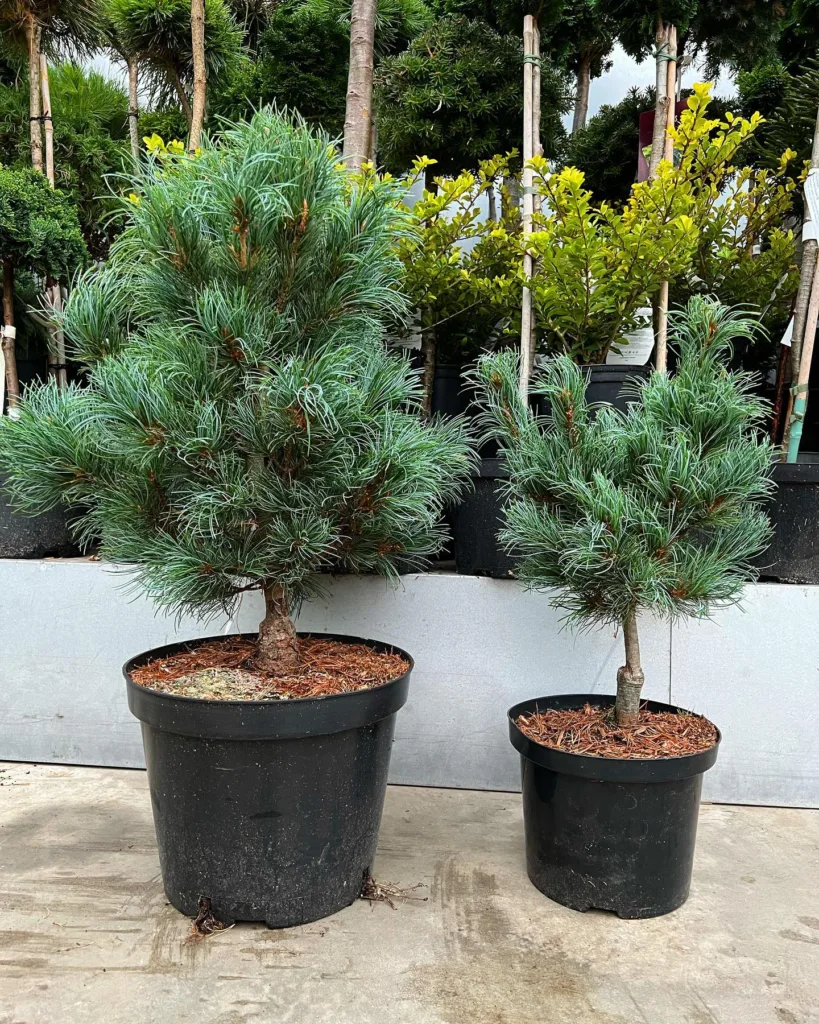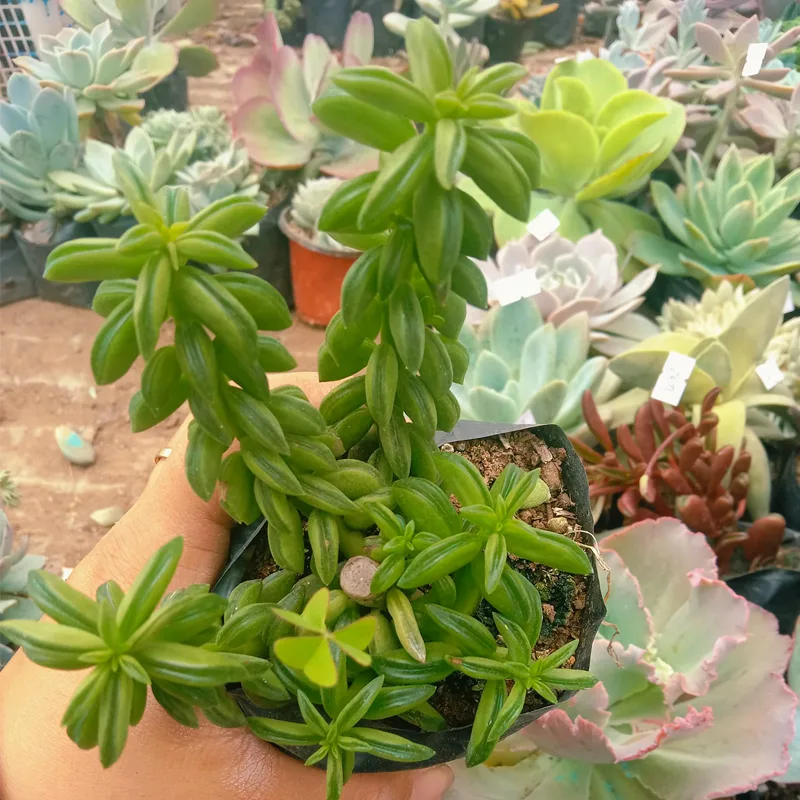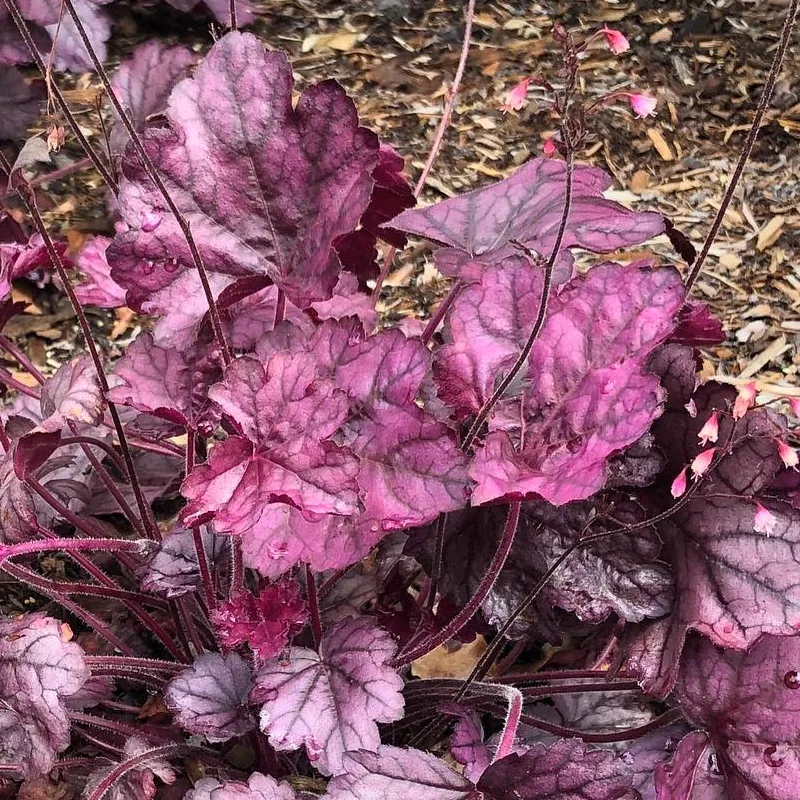FAQs About Cryptanthus Bromelioides
As a plant enthusiast, I’ve often found myself captivated by the unique charm of Cryptanthus Bromelioides. Known for its striking appearance and low-maintenance nature, this plant is a favorite among many indoor gardeners. Here’s a comprehensive guide addressing some of the most frequently asked questions about Cryptanthus Bromelioides, based on my personal experiences and observations.
63 Species in Genus Cryptanthus
What Is Cryptanthus Bromelioides?
Cryptanthus Bromelioides, also known as the Earth Star or Star Bromeliad, is a member of the Bromeliad family. Native to Brazil, it is recognized for its rosette-shaped leaves that resemble stars. The plant’s foliage can come in various colors and patterns, often featuring stripes or spots. Its compact size makes it an excellent choice for indoor spaces, especially if you’re looking for something that adds a touch of exotic flair without overwhelming your decor.
How to Care for Cryptanthus Bromelioides?
Caring for Cryptanthus Bromelioides is relatively straightforward. Here are the key points to ensure your plant thrives:
- Light: This plant prefers bright, indirect light. It can tolerate lower light levels, but its growth may slow down, and its colors might not be as vibrant. Avoid direct sunlight, as it can scorch the leaves.
- Water: Keep the soil consistently moist but not soggy. I find that watering once a week works well, but always check the top inch of soil. If it’s dry, it’s time to water. Ensure the pot has good drainage to prevent waterlogging.
- Temperature: Cryptanthus Bromelioides thrives in temperatures between 60-75°F (15-24°C). It’s best to avoid exposing it to temperatures below 50°F (10°C), as it can cause stress to the plant.
- Humidity: This plant enjoys higher humidity levels. In my experience, placing it near a humidifier or on a humidity tray can help maintain the moisture it loves.
- Soil: A well-draining potting mix is crucial. I use a blend designed for orchids or a mix of peat, pine bark, and perlite. This ensures good aeration and prevents root rot.
How to Propagate Cryptanthus Bromelioides?
Propagating Cryptanthus Bromelioides is an exciting process. Here’s how I do it:
- Offsets: The most common method is through offsets or “pups” that grow around the base of the parent plant. Gently separate the pups from the main plant when they are at least a few inches tall, and make sure they have some roots.
- Potting: Pot the offsets in a small container with the same well-draining mix used for the parent plant. Keep them in a warm, bright location and water them regularly to encourage root growth.
- Care: The newly potted pups will need similar care to the adult plant, including bright, indirect light and consistent moisture.
What to Plant With Cryptanthus Bromelioides?
Cryptanthus Bromelioides pairs well with a variety of plants due to its unique texture and color. Some great companions include:
- Ferns: Their delicate fronds complement the bold leaves of Cryptanthus.
- Peperomia: These plants have similar care requirements and add diversity in texture and color.
- Calathea: Their contrasting leaf patterns and colors make for an interesting plant display.
Benefits of Cryptanthus Bromelioides
Aside from its visual appeal, Cryptanthus Bromelioides offers several benefits:
- Air Purification: Like many Bromeliads, it can help improve indoor air quality by filtering out toxins.
- Low Maintenance: Its easy care requirements make it ideal for busy individuals or beginners.
- Versatility: Its compact size allows it to fit into various spaces, from desks to small shelves.
Toxicity
Good news for pet owners: Cryptanthus Bromelioides is non-toxic to both cats and dogs. It poses no risk if your pets decide to nibble on it, making it a safe choice for households with animals.
Common Problems
While Cryptanthus Bromelioides is relatively trouble-free, it’s not completely immune to issues. Here are a few problems I’ve encountered:
- Overwatering: This can lead to root rot, a common issue if the soil is too soggy. Ensure proper drainage and adjust your watering schedule as needed.
- Pest Infestations: Occasionally, pests like mealybugs or spider mites may show up. Regularly check for these and treat them promptly with insecticidal soap or neem oil.
Compare With Other Similar Plants
Cryptanthus Bromelioides is often confused with other Bromeliads like Aechmea and Neoregalia. Here’s a quick comparison based on my experiences:
- Aechmea: Known for its large, showy flowers, Aechmea has a more dramatic look compared to the understated elegance of Cryptanthus.
- Neoregalia: This plant typically has more colorful and varied leaf patterns but requires similar care conditions.
Final Thoughts
Cryptanthus Bromelioides is a wonderful plant that brings a touch of the exotic into your home. Its low-maintenance nature, striking appearance, and safety for pets make it a versatile and appealing choice for any indoor garden. Whether you’re a seasoned plant enthusiast or just starting, this Earth Star is sure to brighten up your space and provide a sense of tropical tranquility.
If i die, water my plants!



